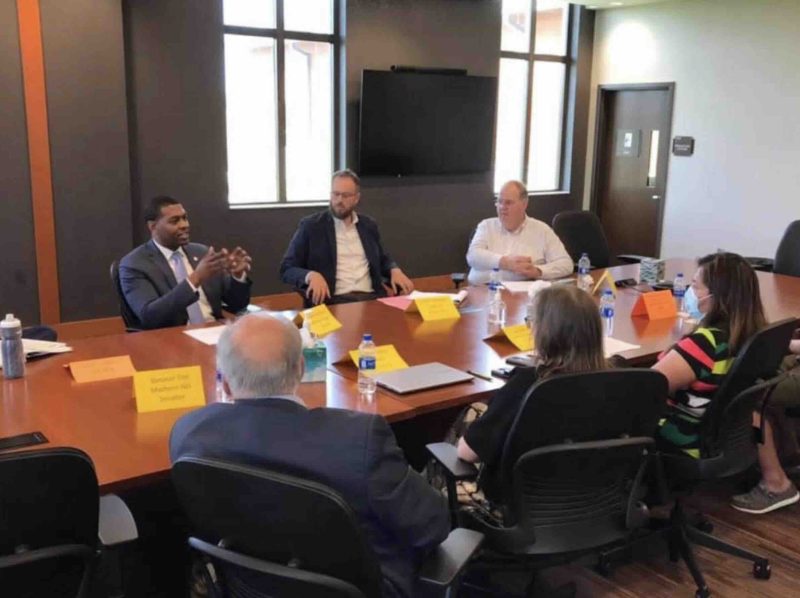
The Dakota Resource Council (DRC), founded in 1978, are the “watchdogs of the prairie.” They aim to make North Dakota a healthy place to live by championing sustainable use of the state’s natural resources. DRC partners with member-led groups across the state—family farmers, ranchers, indigenous groups, city residents—to influence government decision-making and protect North Dakotans’ land, water, and air. With the state being an epicenter of oil and gas drilling and fracking, communities face threats like hazardous waste, including radioactive waste, and air pollution. North Dakota has a natural gas flaring intensity, for example, that’s seven times that of the next-highest state. Flaring—controlled burning of natural gas during drilling—releases volatile organic compounds that harm the environment as well as human health, leading to increased cancer risk and reduced fertility in women. Rather than charging in with solutions, the DRC listens to local communities. Then they offer support—data, skill-building workshops, community forums—so people effectively mobilize to reshape local, state, or federal policy. Nonpartisan and grassroots in nature, the Dakota Resource Council holds decision-makers accountable, pushing for resource development that won’t harm North Dakotans health, livelihoods, and way of life.
It can be challenging for a small group of people to fight the actions of a powerful industry. So the Dakota Resource Council—with a team of 8 (or 9?) staff and a couple dozen volunteers—joins with communities to build momentum. DRC members request public hearings, ask tough questions, and speak to the media. In its early days, the organization fought the impacts of coal development. Working in concert with local and state government, DRC members helped pass a law that regulated coal mining and land reclamation—and that law became a model for other state laws as well as federal strip-mining law.